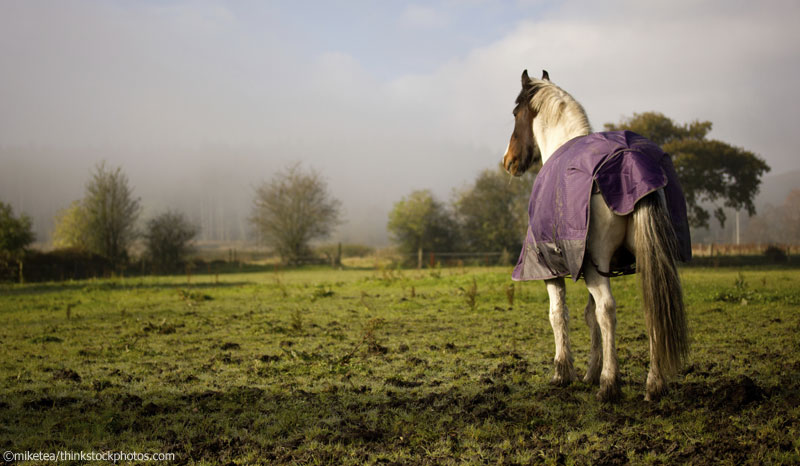
Most horse owners are aware of the symptoms of laminitis. An affected horse may adopt a saw-horse stance with his front legs out in front of him as he attempts to shift his weight off of his hooves. He may also walk with a careful, reluctant step. The hoof walls become abnormally warm to the touch and the digital pulse becomes unusually strong. Most horse owners are aware of the most common causes: too much rich spring grass or an overindulgence of grain; hard work on a hard surface; as a secondary lameness when a horse’s normal weight-bearing ability is affected by another ailment.
But even with widespread awareness of laminitis in the equestrian community, veterinarians still have a lot of questions. Research from the Queensland University of Technology in Australia is underway with the hope of gathering more information, specifically about horses that experience a recurrence of the disease. A horse’s likelihood of surviving a bout of laminitis decreases after the first incident. The goal of the study is to find out what conditions predispose a horse to having multiple episodes of laminitis and to help determine how to decrease the risk.
The researchers are looking for input from veterinarians and horse owners around the world. They started collecting data on Australian and New Zealand horses in January and will begin surveying European and North American horses in March.
The researchers are looking for horses that have been treated for laminitis to participate in the study. The study is simply to gather information, so the horses and owners will not be asked to do anything different than what they would normally do during the survey period.
For more information, visit www.qut.edu.au.
Further Reading
Question of the Week: Laminitis Recovery Time
First Aid for Laminitis







I have a pony, that came to me with laminitis, so I will check out the survey.
Interesting. Will check it out.
interesting news hope have luck with it
v
Good luck to them.
main thing is control their weight.i had just lost mine back in oct.the grass is what caused her to have it.battle with it for 20yrs.
d